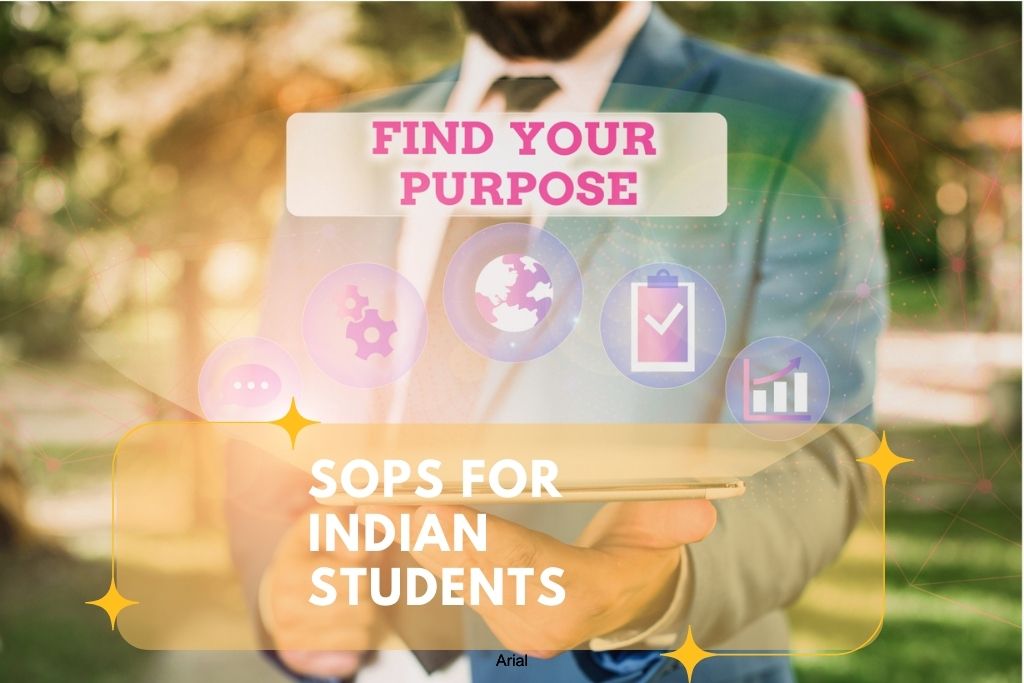Who doesn’t want a high-quality education with world-class facilities? If it’s something you want too, then look no further than the Land of the Free and Home of the Brave. With over a million international students visiting the United States each year, it’s no surprise that American institutions and colleges continue to attract the brightest brains from India and throughout the world. But what makes 2025 special for Indian students considering their academic journey?
Okay, let’s not waste another moment and jump straight into what you need to know about studying in the USA in 2025. Shall we?
Why Study in the USA in 2025?
The USA is home to some of the best colleges in the world. Harvard, MIT, Stanford – you name it. And these colleges consistently rank high, which is an achievement in itself.
But it’s not just about fancy names. Most students prefer American education because of the diversity of their academic programs. It simply means more options to choose from. Not everyone goes to the USA for a traditional undergraduate degree. Some students pursue specialized courses in fields like artificial intelligence (AI), data science, business, and sustainable energy. The point is – there is something for everyone in the USA.
But there is more. And it is the year 2025 itself – an exciting year for international students really. Okay, this year many universities are expanding their research opportunities and global partnerships, which is huge. Because American universities have great research facilities where you can work right next to Nobel laureates and industry champions. It is an experience that can’t be found anywhere else.
Another thing that leans in the favor of the USA is that their education is all about practical learning. Sure, students gain theoretical knowledge. But they also get to make industry connections and develop skills that employers love. And that’s kinda the point of education, isn’t it?
Navigating the US Application Process
At first impression, the application process for US universities seems scary. But once broken down, it’s manageable. Most universities have their own online portals. So, that’s where most students go to submit their applications. But some universities also accept applications through common platforms like the Common Application (or Common App).
While applying to a college in the USA, it’s important to keep these handy:
✨ Academic transcripts from previous institutions
✨ Standardized test scores
✨ English proficiency tests (TOEFL/IELTS/Dualingo)
✨ Personal essay (SoP)
✨ Letters of recommendation
✨ Resume or Curriculum Vitae
American universities have two intake periods – Spring and Fall. The Spring intake starts in January. However, the Fall intake, which starts in September, is the popular one. And for good reason. It gives students more programs to choose from. So, if you are looking to get a spot in a Fall intake, make sure to start your application long before the deadline.
Getting started at least a year in advance gives one a massive head start. Many universities also offer application fee waivers, especially for students in need of financial aid, so don’t let the application fees discourage you from applying to your dream college.
US Student Visa (F-1): Requirements and Process
After the admission is secured, the next hurdle is obtaining a F-1 visa. Although the application process has become quite straightforward in recent years, it still requires careful preparation.
Once you receive an acceptance letter, the university will issue an I-20 form, which you’ll need for the visa application. Students also need to pay the SEVIS (Student and Exchange Visitor Information System) fee and schedule an interview at the US embassy or consulate in their region.
During the visa interview, it’s important to highlight the following:
✨ The student’s intent to return to India after they finish their studies
✨ Their financial ability to cover tuition and living expenses
✨Their academic preparedness for the program
The visa processing time can be unpredictable, which highlights the fact that
students should apply as soon as they receive an I-20. But the US government is working on expediting visa processes for legitimate students – definitely good news for 2025 applicants.
Financial Planning: Tuition and Living Expenses
It goes without saying that studying in the USA needs a lot of financial planning. Tuition fees alone can be expensive. Sure, it depends on what sort of college you’re attending; public or private. But just to give a rough idea, annual costs can be from $20,000 to $60,000 for an undergraduate program.
Living expenses add another layer to a student’s budget. Cities like New York, San Francisco, and Boston are clearly more expensive than smaller college towns. If one were to take a wild guess, living expenses can be between $10,000 and $20,000 annually.
But that’s no reason to be discouraged. There are financial aids out there:
✨ Merit-based scholarships offered by universities
✨ Need-based grants
✨ Teaching or research assistantships (especially for graduate students)
✨ Fulbright scholarships and other external funding sources
✨ Student loans from Indian banks or US-based lenders
Besides, many universities offer on-campus employment opportunities, allowing students to work up to 20 hours per week during the academic year. This can help offset some of their living expenses. Not to mention the valuable work experience.
Choosing the Right US University
There are more than 4,000 universities and colleges in the USA. Sure, this number is huge. That’s why finding the right fit can feel unnerving. But, there is no reason to be worried. We are here to help students like you make the right decision.
So, first things first, rankings and reputation aren’t everything. Students should also be looking at –
✨ Academic programs and specializations offered
✨ Faculty expertise and research areas
✨ Campus size and location
✨ Diversity and international student support
✨ Internship and career opportunities
✨ Alumni network and outcomes
✨ Cost and financial aid availability
Considering these factors beforehand can make a huge difference. Because it not only saves you the hassle of dealing with it later or regretting your decision but also makes the transition easier. American universities have a reputation for their vibrant student communities, clubs, and events. They are great for the overall development of international students.
Whether you enjoy sports, the arts, entrepreneurship, or community service, there is certainly a student organization that shares your interests.
To get a better sense of the universities you’re interested in, it’s important to take virtual tours and speak with current students or graduates. After all, you’ll be spending some of your most formative years there, so it should feel like a good fit.
Life of an International Student in the USA
Life in America has its perks. But no one said that it doesn’t bring its own set of challenges. There, the international student experience is unique, to say the least. International students don’t just gain an education but also expose themselves to a new culture.
In many American universities, there are special international student offices – a very helpful initiative when it comes to cultural adjustment and legal compliance. There are orientation programs, cultural events, and support services – just to name a few.
When it comes to housing, there are on-campus dormitories as well as off-campus apartments. On campus options are perfect for connecting with other students. However, if you prefer more freedom, then off-campus apartments are your best bet. Many universities also have Indian student associations. Joining them gives students a sense of community and belonging, which is important during the adjustment period.
Another thing to consider is healthcare. One can’t expect to survive in the USA without a proper healthcare plan. To get an admission in most universities, students have to have health insurance, which they can get through the university or from private providers.
Career Prospects After Graduation
When you study in the USA, it opens up an ocean of opportunities. Once you graduate, you become eligible for Optional Practical Training (OPT). It means you can work in America for 12 months or so but only in your field. Students with STEM courses get an extra extension, which lasts 24 months. Not too bad, eh?
Even during your studies, you can take part in CPTs, which stands for Curricular Practical Training. And if you choose to, it will give you industry exposure. In other words? Nice job offers.
Career prospects for international students from US universities are spectacular, for lack of a better word. Many secure positions at leading global companies. And if that doesn’t happen, many return to India with skills and credentials commanding higher salaries.
As for the US job market, it favours graduates with specialized skills in technology, engineering, healthcare, and business – you know, fields where many Indian students excel.
Bottom Line
Studying in the USA in 2025 is a great option for Indian students seeking fine education and exposure to global markets. Sure, the journey needs some careful planning – from university selection and visa application to financial preparation. But the rewards you reap make it worthwhile.
We are glad you made it to the end of this blog. Now, start researching some universities. Get in touch with consultants or alumni networks. And fulfill your dream of an American education.
FAQs
-
When should I start applying?
It’s best you start applying almost a year in advance! Because it gives you an ample amount of time to get your documents ready. For Fall intakes, most colleges accept applications between November and January.
- How much does it cost to study in the USA?
Honestly, it depends! Public (state) universities cost around $20,000-$40,000 per year. But private ones can be $30,000-$60,000. But it’s no reason to be worried as many students get scholarships or financial aid.
- Can I work part-time while studying?
Sure! Students can work part-time but only for up to 20 hours a week. However, you can work full-time during breaks.
- Do I need the GRE or GMAT scores for 2025?
Well, it depends on the university you are applying to.
- How is studying in the USA different?
American education is flexible. Plus, they focus on the practical side of things. You can mix different subjects. Also, instead of only final exams as is the case in India, you will be doing projects, homework, and discussions.




